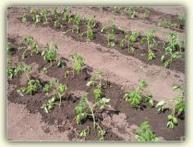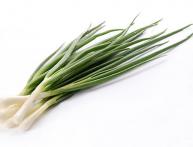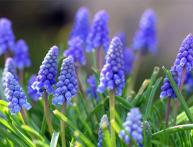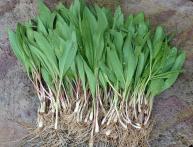How to plant beans, peas and other legumes
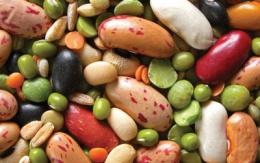
Beans, peas and other crops of this order are very useful. These products contain a large amount of vitamins, as well as protein and fiber. And undoubtedly, with such a wealth of useful substances, many are interested in how to plant beans? So, below are some useful tips and tricks.
A distinctive feature of beans is that they more thermophilic, than its relatives, such as lentils. Therefore, it should be planted when the soil is sufficiently warm. However, just like other legumes, it thrives ideally in well-lit places.
Like other plants, beans need nutrition. Calcium is especially important for this crop. When determining where and how to plant beans, you should not be too zealous, since they are not whimsical and will grow anywhere, as long as there is a sufficient amount of light. Therefore, you just should not plant the seeds close to each other, so that they do not subsequently shade the leaves of their neighbors.
Before sowing, it is imperative to inspect the seeds. They should be smooth, clean, and without significant damage. Because others simply will not ripen and it will be empty work.
The degree of ripening of beans is determined by their leaves - they must be quite dry. If the beans are not fully ripened and you harvest them earlier than expected, then there is a risk that they will quickly spoil.
If growing beans no longer interests you, do not rush to remove plants by the roots, since it is the root system of legumes that contains a large number of beneficial bacteria. They become an excellent fertilizer for future crops. As a rule, after beans, peas and other similar crops, the next crops grow much more vigorously and healthier.
It should also be noted that there are especially good predecessors for beans - tomatoes, potatoes, cucumbers.

